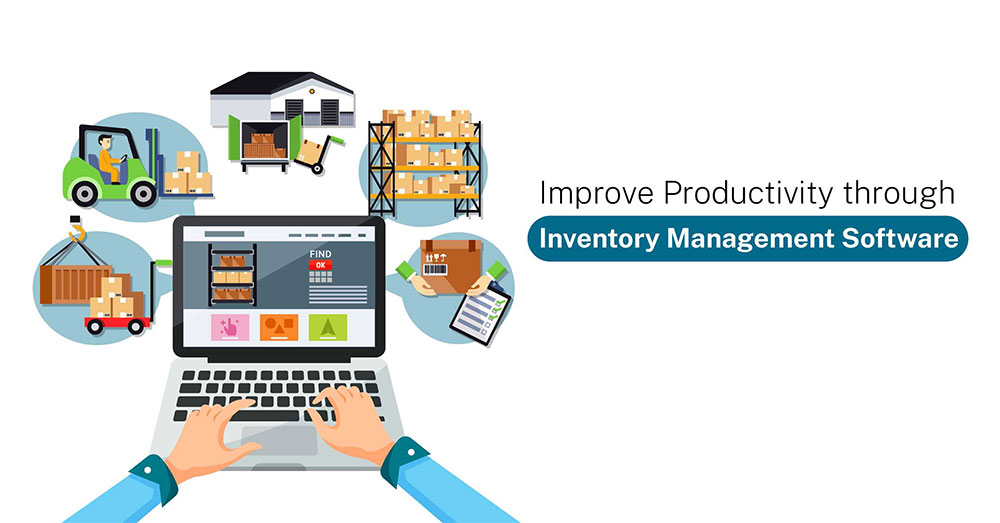By
Engr. Laiba Batool
(Industrial and Manufacturing Engineer, NEDUET)
([email protected])
Inventory management is a critical aspect of business operations that requires proper control and tracking of goods and materials to ensure smooth and efficient flow of operations. Inventory handling, including storage, transportation, and retrieval of items, can greatly impact a company’s ability to meet customer demands, reduce waste, and minimize costs. This highlights the importance of developing clear rules and standards for inventory handling, to ensure consistent and effective processes across the organization.
This research article explores the need for rule development and process standardization in inventory handling and provides recommendations for implementation.
Why is Rule Development Necessary?
Effective inventory management relies on a number of factors, including accurate tracking and record keeping, proper storage and handling procedures, and a clear understanding of organizational policies and procedures. Without clear and consistent rules and standards, it can be challenging to achieve these goals. The development of formalized rules and standards for inventory handling can help to:
- Improve accuracy and efficiency: By standardizing processes and procedures, organizations can reduce errors and increase the efficiency of inventory handling operations.
- Enhance communication and collaboration: Clear rules and standards provide a common language and framework for communication between different departments and teams, improving collaboration and reducing confusion.
- Promote consistency: Consistent processes across the organization help to ensure that inventory handling operations are performed the same way each time, reducing the risk of errors and waste.
- Enhance compliance: By establishing clear policies and procedures, organizations can ensure that their inventory handling operations are compliant with regulations and industry standards.
- Facilitate training and development: A comprehensive set of rules and standards provides a clear and concise training tool for new employees, helping to ensure that they understand the importance of inventory handling and the proper procedures to follow.
Steps for Implementing Rule Development and Process Standardization
- Assessment: The first step in implementing rule development and process standardization is to conduct a thorough assessment of the current state of inventory handling operations. This includes reviewing existing processes and procedures, identifying areas for improvement, and determining the specific needs and requirements of the organization.
- Stakeholder engagement: The next step is to engage stakeholders, including employees, customers, and other key stakeholders, to gather input and feedback on the development of rules and standards. This helps to ensure that the process is inclusive and reflective of the needs and perspectives of the organization.
- Development of rules and standards: Based on the results of the assessment and stakeholder engagement, the development of clear and concise rules and standards for inventory handling can commence. These should be comprehensive and include guidelines for storage, transportation, retrieval, and record keeping.
- Training and communication: Once the rules and standards have been developed, it is important to provide comprehensive training and communication to employees to ensure that they understand the policies and procedures. This should include regular training sessions and ongoing communication to keep employees informed and up-to-date.
- Monitoring and continuous improvement: The implementation of rules and standards for inventory handling is not a one-time event, but rather an ongoing process. Organizations should monitor the implementation of the rules and standards and continuously improve and refine processes to ensure optimal results.
Conclusion
In conclusion, rule development and process standardization are essential components of effective inventory handling. By providing clear and consistent guidelines, organizations can improve accuracy and efficiency, enhance communication and collaboration, and promote compliance with regulations and industry standards. Through a comprehensive approach to implementation, organizations can improve their inventory handling operations and achieve their desired outcomes.






